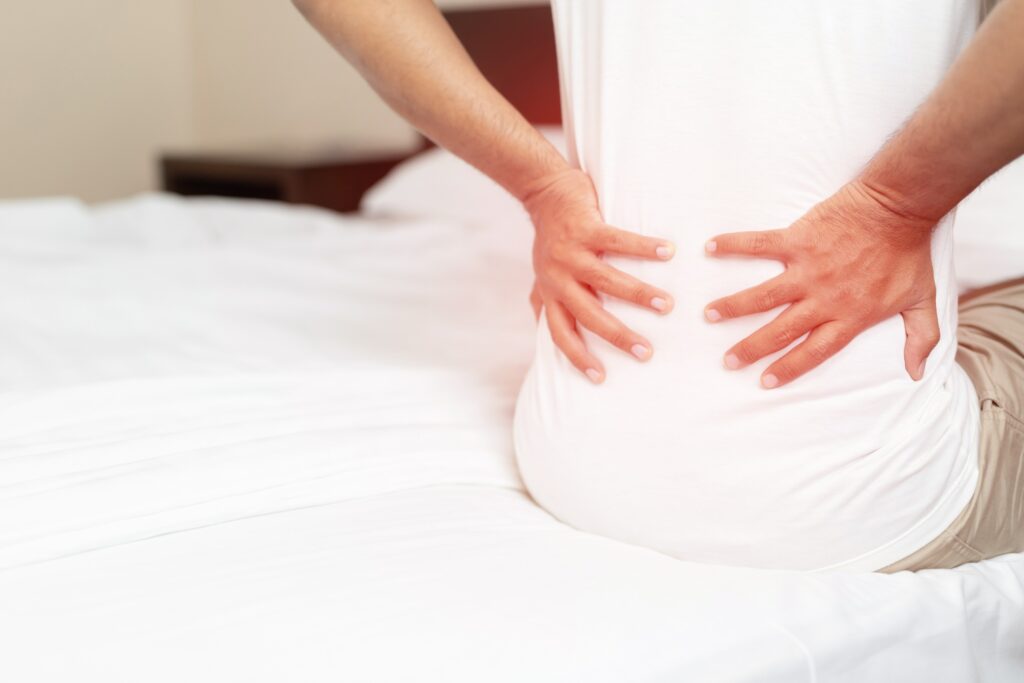Children may not be able to express their symptoms properly, and parents rely entirely on their alertness. Some children may just cry more, but it is often the parents who notice a bulge in the groin or swelling of the scrotum when changing diapers or bathing the child, causing uneven size of the scrotum on both sides. Sometimes, the bulge in the groin or scrotum is only visible when the child cries or strains, but disappears when they are calm and lying down or after waking up. If the intestine falls into the hernia sac and cannot be returned to the abdominal cavity, symptoms of bowel obstruction, such as abdominal distension, abdominal pain, vomiting, restlessness, poor appetite, reduced bowel movements, and difficulty in defecation, may occur, known as an incarcerated hernia. If not treated immediately, it can lead to intestinal ischemic necrosis (strangulated hernia), and even sepsis, with approximately 4% of incarcerated hernias requiring partial bowel resection.
Indirect inguinal hernias, which only present symptoms in adulthood, typically have no symptoms during childhood. However, as individuals age, the congenital partially closed hernia sac may gradually enlarge due to prolonged intra-abdominal pressure, straining, coughing, physical activity, and weakened abdominal muscles, among other exacerbating factors, resulting in the manifestation of symptoms. Initially, there may be no visible bulge, but a mild burning sensation may be felt in the inguinal region. Gradually, when standing, there may be a bulge in the inguinal or scrotal region that disappears when lying down. When abdominal pressure is exerted, such as through coughing or lifting heavy objects, discomfort or tenderness may be felt in the inguinal region, with a heavy feeling of sagging around the scrotum. However, referred pain may also be present in the thigh, hip joint area, back, or perineum, resulting in a general feeling of discomfort and soreness. In women, hernias are less noticeable and often overlooked. Most hernias can be pushed back in (reducible hernia), but those that cannot may become incarcerated hernias.
Direct inguinal hernias, which are more common in elderly individuals, protrude directly through the weakened abdominal wall into the inguinal region. They are not caused by an open, funnel-shaped hernia sac and do not extend into the scrotum, as is the case with indirect hernias.
Clinical diagnosis of a hernia can be made by observing an abnormal bulge in the inguinal region when standing and straining the abdominal muscles. If the bulge is not obvious, the patient can lie flat on an examination table and the inguinal region can be palpated with the pad of the index finger. A sensation of rubbing against a silk glove may be felt due to the presence of the hernia sac. Abdominal X-rays may reveal the presence of small bowel gas at the site of the bulge, and if there are symptoms of intestinal obstruction, the enlarged and gas-filled small bowel may be visible. Ultrasound can be used to assist in diagnosis, revealing the presence of omentum or intestine within the inguinal or scrotal region. In some cases, hydrocele may also be present, and fluid accumulation can be seen simultaneously.

